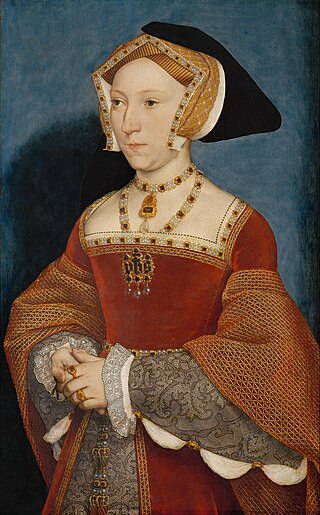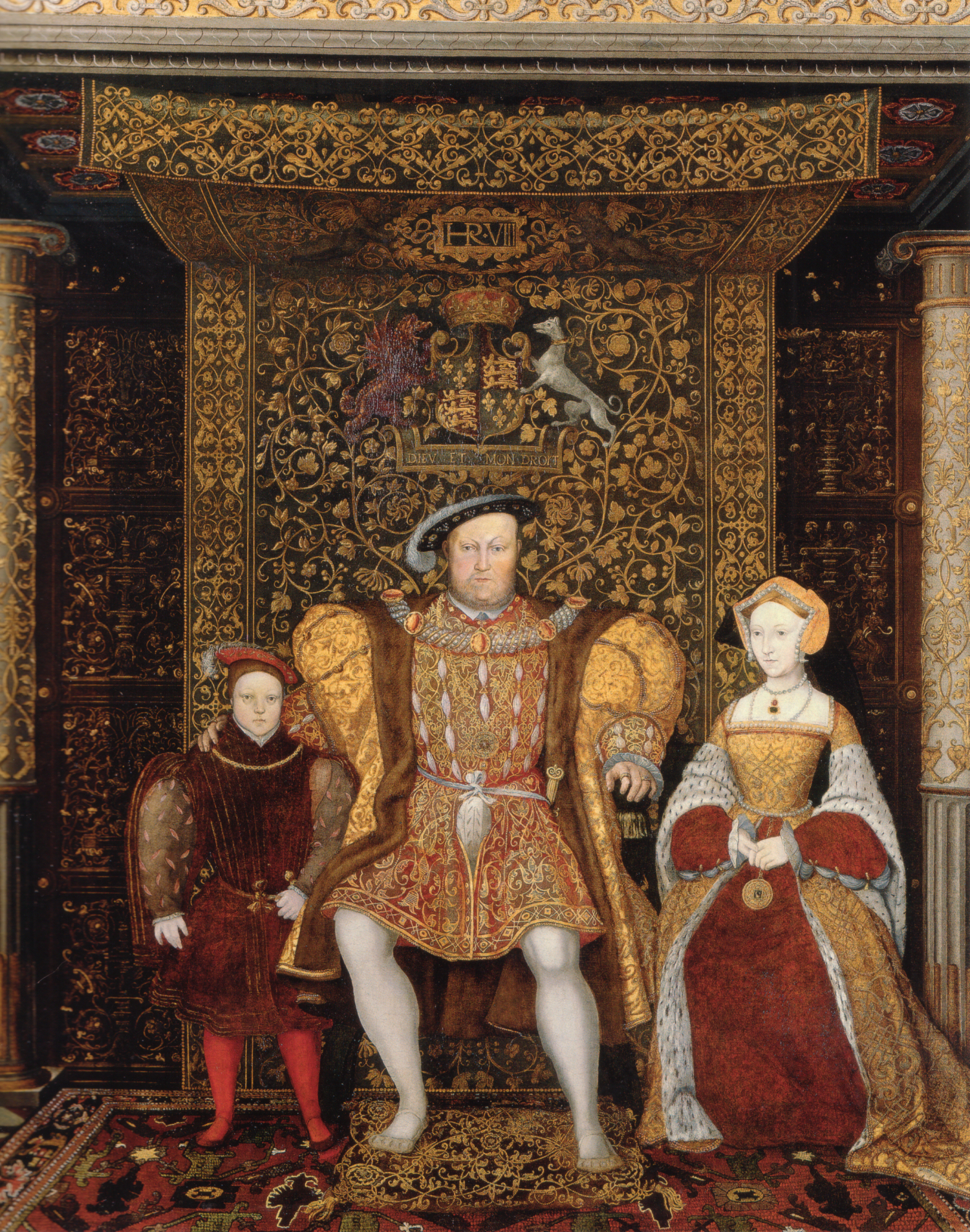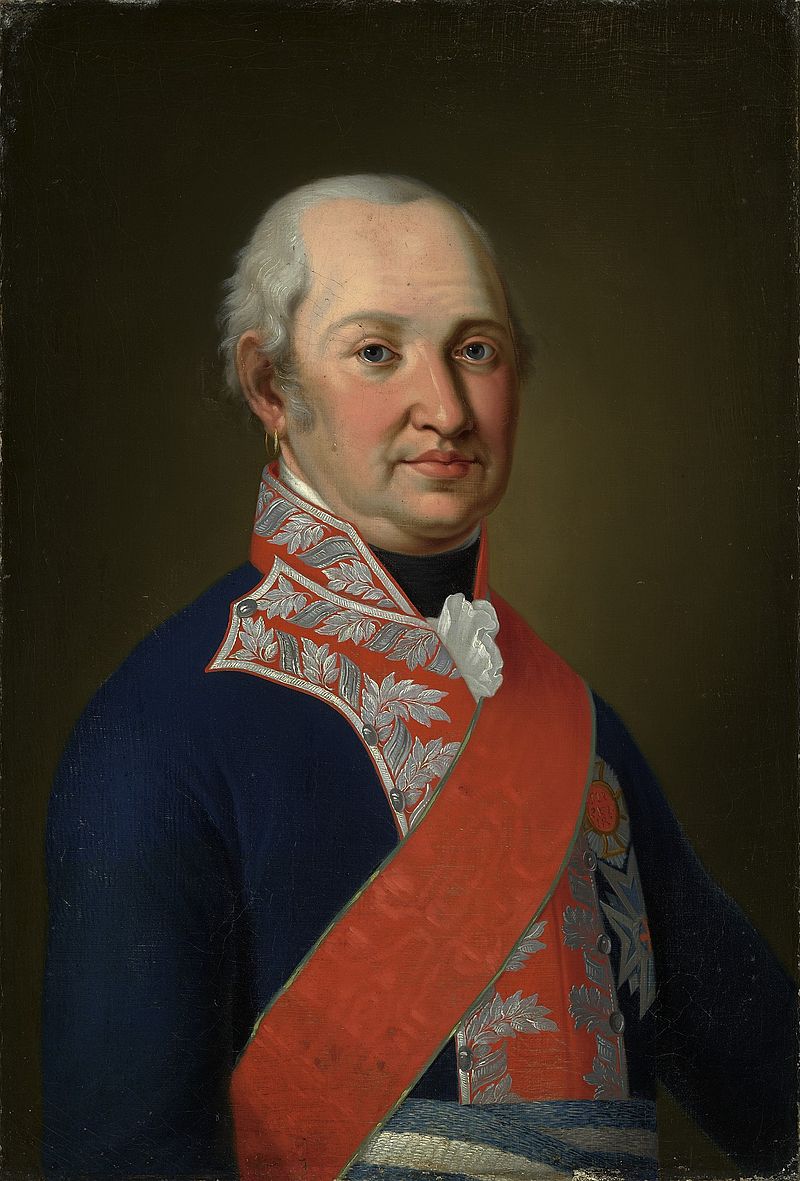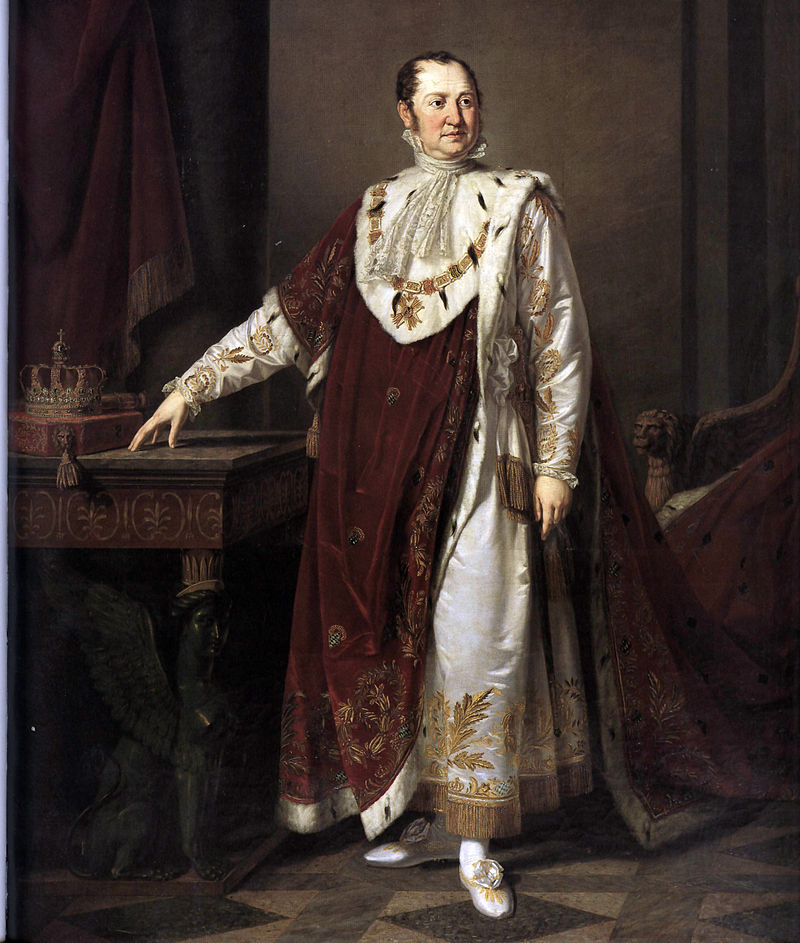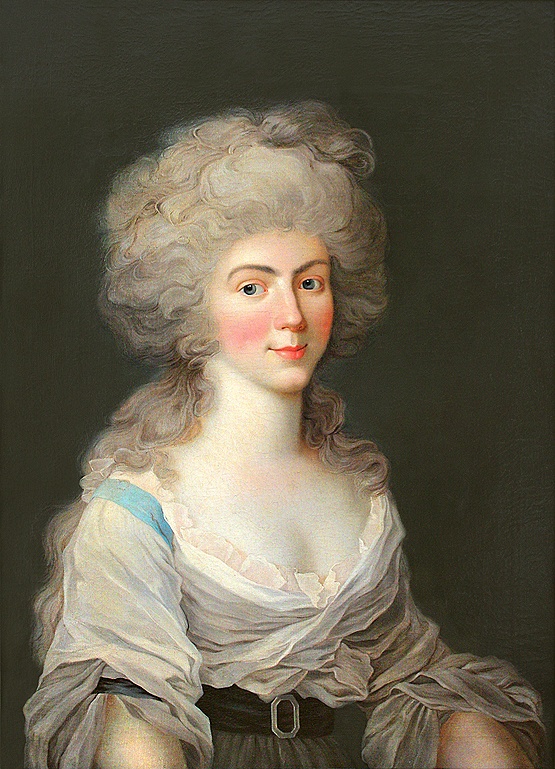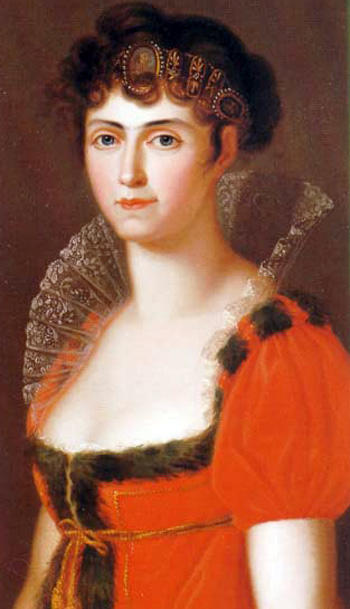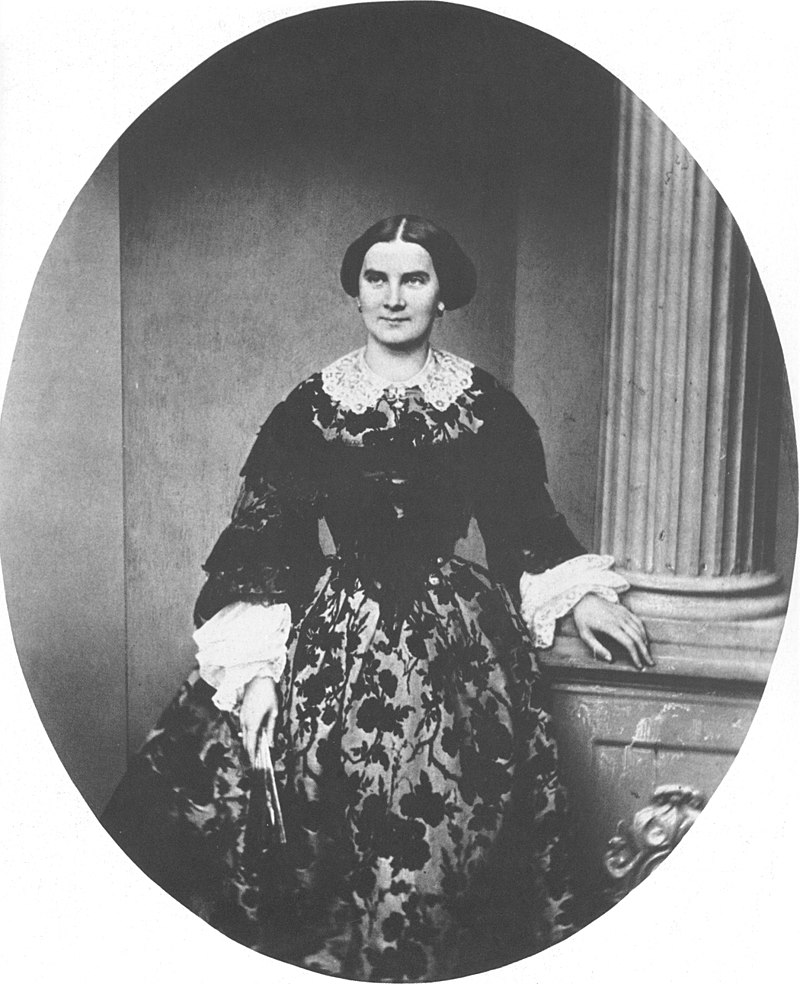by Susan Flantzer © Unofficial Royalty 2013
The future King Edward VIII of the United Kingdom was born on June 23, 1894, at White Lodge, Richmond Park on the outskirts of London, England. At the time of his birth his great-grandmother Queen Victoria sat upon the throne of the United Kingdom. His parents, the future King George V and Queen Mary were the Duke and Duchess of York and his grandparents, the future King Edward VII and Queen Alexandra were Prince and Princess of Wales. The infant prince was the eldest son of his parents and was third in the line of succession behind his grandfather and father.
Four Generations: Standing: The future King Edward VII and the future King George V, Sitting: Queen Victoria holding the future King Edward VIII
The little prince was christened with a long string of names, Edward Albert Christian George Andrew Patrick David, on July 16, 1894, in the Green Drawing Room at White Lodge by Edward White Benson, Archbishop of Canterbury. The name Edward was in honor of his late uncle and elder brother of his father Prince Albert Victor known as Prince Eddy. Christian was for his great-grandfather King Christian IX of Denmark and Albert was for his great-grandfather Prince Albert of Saxe-Coburg and Gotha. The last four names, George, Andrew, Patrick, and David, were in honor of the patron saints of England, Scotland, Ireland and Wales. In the family, the prince was known as David.
David had twelve grandparents, nine of whom were reigning sovereigns/consorts or future reigning sovereigns/consorts:
- Christian IX, King of Denmark (his maternal great-grandfather)
- Wilhelm II, King of Württemberg (his mother’s distant cousin)
- The Duke of Saxe-Coburg and Gotha and Edinburgh (his father’s paternal uncle Alfred)
- The Prince of Wales (his grandfather, the future King Edward VII)
- Tsesarevich Nicholas Alexandrovich of Russia (the future Emperor Nicholas II, his father’s first cousin)
- The Duke of Teck (his maternal grandfather)
- Prince George, Duke of Cambridge (his mother’s maternal uncle)
- Queen Victoria (his paternal great-grandmother)
- Queen Louise of Denmark (his maternal great-grandmother, born Princess Louise of Hesse-Kassel)
- Queen Olga of Greece (his great-aunt, born Grand Duchess Olga Konstantinovna of Russia)
- The Princess of Wales (his paternal grandmother, the future Queen Alexandra, born Princess Alexandra of Denmark)
- The Duchess of Teck (his maternal grandmother, born Princess Mary Adelaide of Cambridge)
David had four brothers and one sister:
- King George VI (1895-1952), married Lady Elizabeth Bowes-Lyon, had two daughters
- Mary, Princess Royal (1897-1965), married Henry Lascelles, 6th Earl of Harewood, had two sons
- Prince Henry, Duke of Gloucester (1900-1974), married Lady Alice Montagu-Douglas-Scott, had two sons
- Prince George, Duke of Kent, (1902-1942), married Princess Marina of Greece, had two sons and one daughter
- Prince John (1905-1919)
David’s Family, 1906
Along with his siblings, he was raised at York Cottage, his parents’ home on the grounds of Sandringham, and York House, St James’ Palace. In 1901, Queen Victoria died, and his grandfather became King Edward VII. His parents became the Prince and Princess of Wales, and soon after the family moved to Marlborough House, just across from St James’ Palace. David and his brother, the future King George VI (called Bertie in the family), were raised by Frederick Finch, the nursery footman, and Henry Hansell, their tutor. Finch remained an important person in David’s life as he later became his valet and then his butler. David continued under Hansell’s instruction until 1907 when he enrolled at the Osborne Naval College. He did not enjoy his time there and after two years, he moved on to continue his studies at Royal Naval College, Dartmouth.

David as a midshipman on board HMS Hindustan, Credit – Wikipedia
In May 1910, David’s grandfather King Edward VII died and David’s father became King George V. David automatically became Duke of Cornwall and Duke of Rothesay and was created Prince of Wales and Earl of Chester a month later on June 23, 1910, his 16th birthday. Because, he was now heir to the throne, his education intensified. He was withdrawn from his naval course before his formal graduation and then served as midshipman for three months aboard the battleship Hindustan. Next, he was enrolled at Magdalen College, Oxford, despite that he was underprepared intellectually. He left Oxford after eight terms without any academic qualifications.
Investiture as Prince of Wales
On July 13, 1911, at Caernarvon Castle in Wales, David was formally invested as Prince of Wales in a ceremony instigated and devised by Welsh politician David Lloyd George, Constable of the Castle and Chancellor of the Exchequer at the time and a future Prime Minister. David, at the sensitive age of 17, was made to wear what he considered a ridiculous fancy outfit.

The Prince of Wales at the Front in Merville, France, August 8, 1915; Photo Credit – Wikipedia
When World War I started in 1914, David was eager to participate. He had joined the Grenadier Guards in June 1914 and was willing to serve on the front lines. However, Secretary of State for War Lord Kitchener refused to allow it because of the possible harm that could occur if the heir to the throne was captured by the enemy. David countered that he had four younger brothers and the succession to the throne was safe, but it was to no avail. The sense of frustration he felt was to remain for the rest of his life. He did get to witness trench warfare first-hand and visited the front lines as often as he could.
In the 1920s and the 1930s, David, as Prince of Wales, made several successful overseas tours. He was a popular prince and was admired for his fashion style and easy manner. Much to his father’s annoyance, David showed little interest in marrying and settling down. His father was disgusted by his affairs with married women and was reluctant to see him inherit the throne. King George V prophetically said, “After I am dead, the boy will ruin himself in 12 months.”
In 1930, King George V gave David the lease of Fort Belvedere, in Windsor Great Park. There, David continued his relationships with a series of married women, including socialite Freda Dudley Ward and Thelma, Viscountess Furness, the American wife of a British peer, who introduced the prince to her friend and fellow American Wallis Simpson. Wallis was in her second marriage to Ernest Simpson, an American-born naturalized British shipping executive. Her first marriage had ended in divorce. The Simpsons became frequent guests at Fort Belvedere and Wallis acted as his hostess in spite of the presence of her apparently complacent husband.
Wallis Simpson and King Edward VIII on vacation, summer 1936
On January 20, 1936, King George V died and David became King Edward VIII. He showed impatience with court protocol and caused concern by his disregard for established constitutional conventions. He was also completely enthralled by Wallis and was naively convinced that once she was free from her marriage, he would be able to marry her and she would be queen. At that time, it was unthinkable that the Supreme Governor of the Church of England could marry a person who had been divorced not just once, but twice. David’s insistence on proceeding with these plans despite much advice to the contrary provoked a government crisis.
David informed Prime Minister Stanley Baldwin that he would abdicate if he could not marry Wallis. Baldwin then presented the king with three choices: (1) give up the idea of marriage (2) marry against his ministers’ wishes (3) abdicate. It was evident that David was not prepared to give up Wallis and he knew that if he married against the advice of his ministers, he would cause the government to resign, prompting a constitutional crisis. He chose to abdicate.
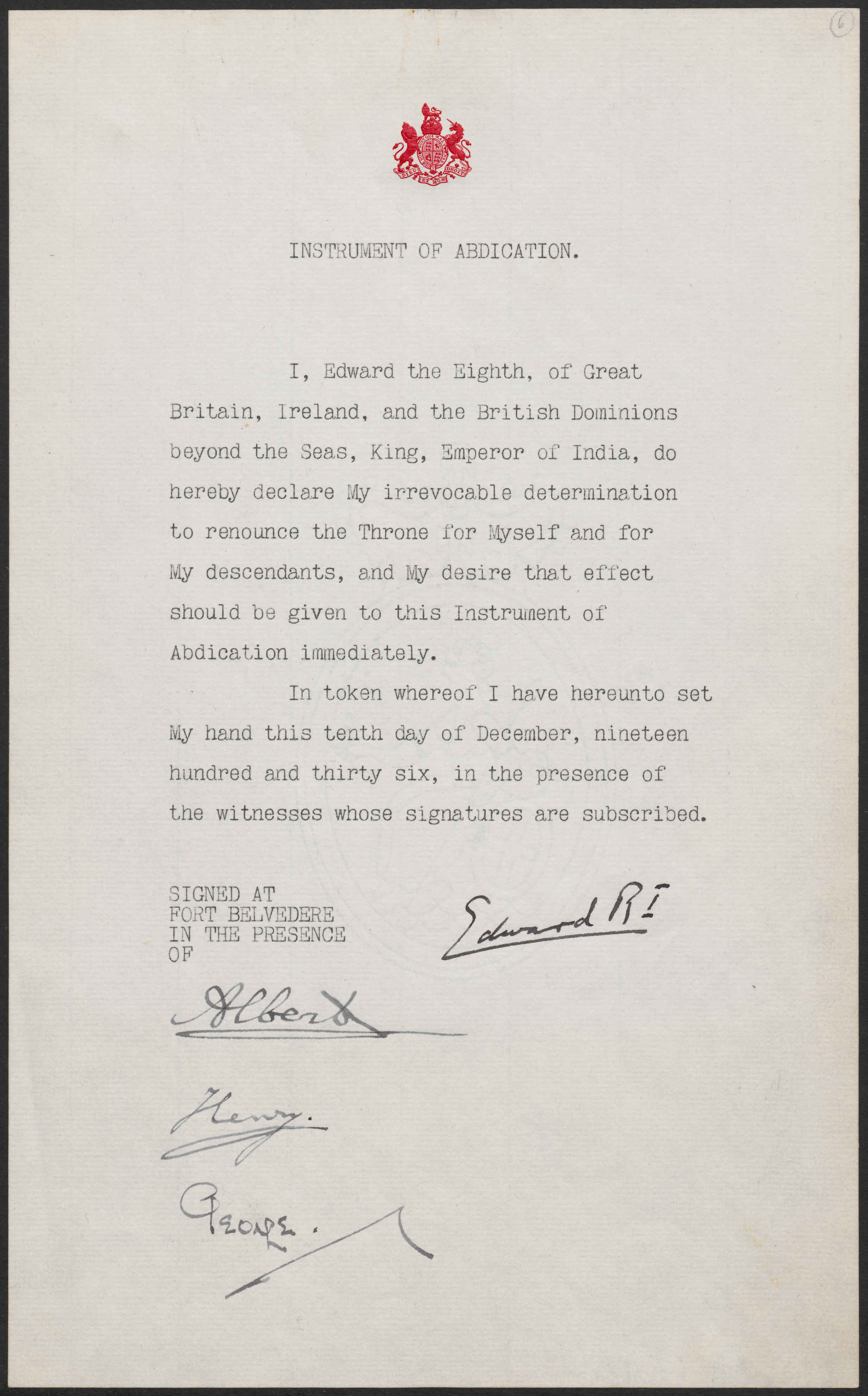
The Instrument of Abdication; Credit – Wikipedia
King Edward VIII signed the Instrument of Abdication at Fort Belvedere on December 10, 1936, in the presence of his brothers: Prince Albert, Duke of York, the heir to the throne; Prince Henry, Duke of Gloucester; and Prince George, Duke of Kent. The next day, the last act of his reign was the royal assent to His Majesty’s Declaration of Abdication Act 1936, necessary because only Parliament can change the succession to the throne. On the evening of December 11, 1936, once again His Royal Highness Prince Edward, the former king gave his famous radio speech in which he said, “I have found it impossible to carry the heavy burden of responsibility and to discharge my duties as king as I would wish to do without the help and support of the woman I love.”
On December 12, 1936, at the accession meeting of the Privy Council, the new King George VI announced he was going to give his brother the title Duke of Windsor with the style of Royal Highness. Letters Patent dated May 27, 1937 re-conferred the “title, style, or attribute of Royal Highness” upon the Duke of Windsor, but specifically stated that “his wife and descendants, if any, shall not hold said title or attribute”.
Wedding Day – June 3, 1937
On June 3, 1937, David married Wallis Simpson at the Château de Candé, near Tours, France. The legality of King George VI’s Letters Patent stating that David’s style Royal Highness could not be extended to his wife or children is doubtful. As the son of a British monarch, David was entitled to that style which should have automatically reverted to him upon his abdication and automatically extended to his legal wife and any legitimate children. David considered denying his wife the style Her Royal Highness unjust, but out of respect for his brother, he never made a public issue. In their household, the Duchess of Windsor was always addressed as Royal Highness.
Villa Windsor, the Paris home of the Duke and Duchess of Windsor
During World War II, David was at first stationed with the British Military Mission to France but after accusations that he held Nazi sympathies, he was appointed Governor of the Bahamas. The Duke and Duchess of Windsor lived the latter part of their lives in Paris, France in a mansion they called Villa Windsor located at 4 Route du Champ d’Entraînement in the Bois de Boulogne, a large park. The house is owned by the city of Paris and was leased to the Windsors at a nominal rent from 1952 to 1986. During the 1950s and 1960s, the Duke and Duchess were treated as celebrities and were the toast of parties they hosted and attended as guests. The couple visited Presidents Dwight Eisenhower and Richard Nixon at the White House and were popular guests among society around the world.

President Richard Nixon and the Duke and Duchess of Windsor, 1970; Credit – Wikipedia
The Duchess was never fully accepted by the Royal Family. Her mother-in-law Queen Mary refused to formally receive her. Occasionally, the Duke did visit his mother and brother King George VI and did attend his brother’s funeral in 1952 and his mother’s funeral in 1953. He did not attend the coronation of his niece Queen Elizabeth II in 1953. In 1965, the Duke and Duchess visited London and were visited by the Duke’s niece Queen Elizabeth II, the Duke’s sister-in-law Princess Marina, Duchess of Kent, and the Duke’s sister Mary, Princess Royal and Countess of Harewood. During their visit to London, the Duke’s sister Mary suddenly died and the couple attended her funeral. The funeral of Princess Marina, Duchess of Kent in 1968 was the last royal event the Duke attended. He was invited to the investiture of Prince Charles as Prince of Wales in 1969 but declined the invitation.
The Duke’s health started to decline during the 1960s when he was treated for an aneurysm and detached retina. He was a heavy smoker and in late 1971 was diagnosed with throat cancer. Early in 1972, the Duke underwent surgery for a hernia. On May 18, 1972, Queen Elizabeth II, along with the Duke of Edinburgh and the Prince of Wales, visited the Duke at his Paris home while on a state visit to France. The Duke was too ill to come downstairs to tea, but the Queen spent 15 minutes talking alone with her Uncle David in his sitting room after the Duchess of Windsor hosted tea in the downstairs drawing-room.
Ten days later, a statement from Buckingham Palace said: “It is announced with deep regret that His Royal Highness, the Duke of Windsor, has died at his home in Paris at 2:25 A.M., Sunday, May 28, 1972.” The Duke of Windsor died a month before his 78th birthday. The Duke’s body lay in state at St. George’s Chapel at Windsor Castle and an unexpectedly large number of people filed by the casket.
Queen Elizabeth II, The Duchess of Windsor and The Queen Mother at the Duke of Windsor’s funeral
At the Duke’s request, a private royal funeral was held at St. George’s Chapel at Windsor Castle. The casket, draped in the Duke’s personal standard, was carried into the chapel by eight soldiers of the Welsh Guard followed by The Duke of Edinburgh, King Olav V of Norway who was a first cousin of the Duke, and other male members of the Royal Family. Excepting the Duke’s only surviving brother, The Duke of Gloucester who was too ill, all other adult members of the Royal Family attended the funeral. The Dean of Windsor the Rt. Rev. Launcelot Fleming conducted the funeral service along with the Archbishop of Canterbury Michael Ramsey and the Archbishop of York Donald Coggan. During the funeral, the Garter King of Arms recited words reserved for a deceased sovereign: “Knight of the Garter, of the Thistle, of St. Patrick, Knight Grand Cross of a multiplicity of Orders, sometime the most high, most mighty and most excellent monarch Edward VIII of Great Britain, Ireland and the British Dominions beyond the Seas, Emperor of India.”
The Duke’s casket was of plain English oak and bore the inscription “HRH The Prince Edward Albert Christian George Andrew Patrick David, Duke of Windsor. Born 1894. Died 1972. King Edward VIII 20th January – 11th December 1936.” The Duke of Windsor was buried near his brother the Duke of Kent at the Royal Burial Ground at Frogmore behind the Royal Mausoleum of Queen Victoria and Prince Albert at Frogmore near Windsor Castle. The Duchess of Windsor attended her husband’s funeral. She lived as a recluse in her Paris home until her death in 1986 and was buried next to her husband.

Graves of the Duke and Duchess of Windsor, Photo Credit – findagrave.com
This article is the intellectual property of Unofficial Royalty and is NOT TO BE COPIED, EDITED, OR POSTED IN ANY FORM ON ANOTHER WEBSITE under any circumstances. It is permissible to use a link that directs to Unofficial Royalty.
House of Windsor Resources at Unofficial Royalty

